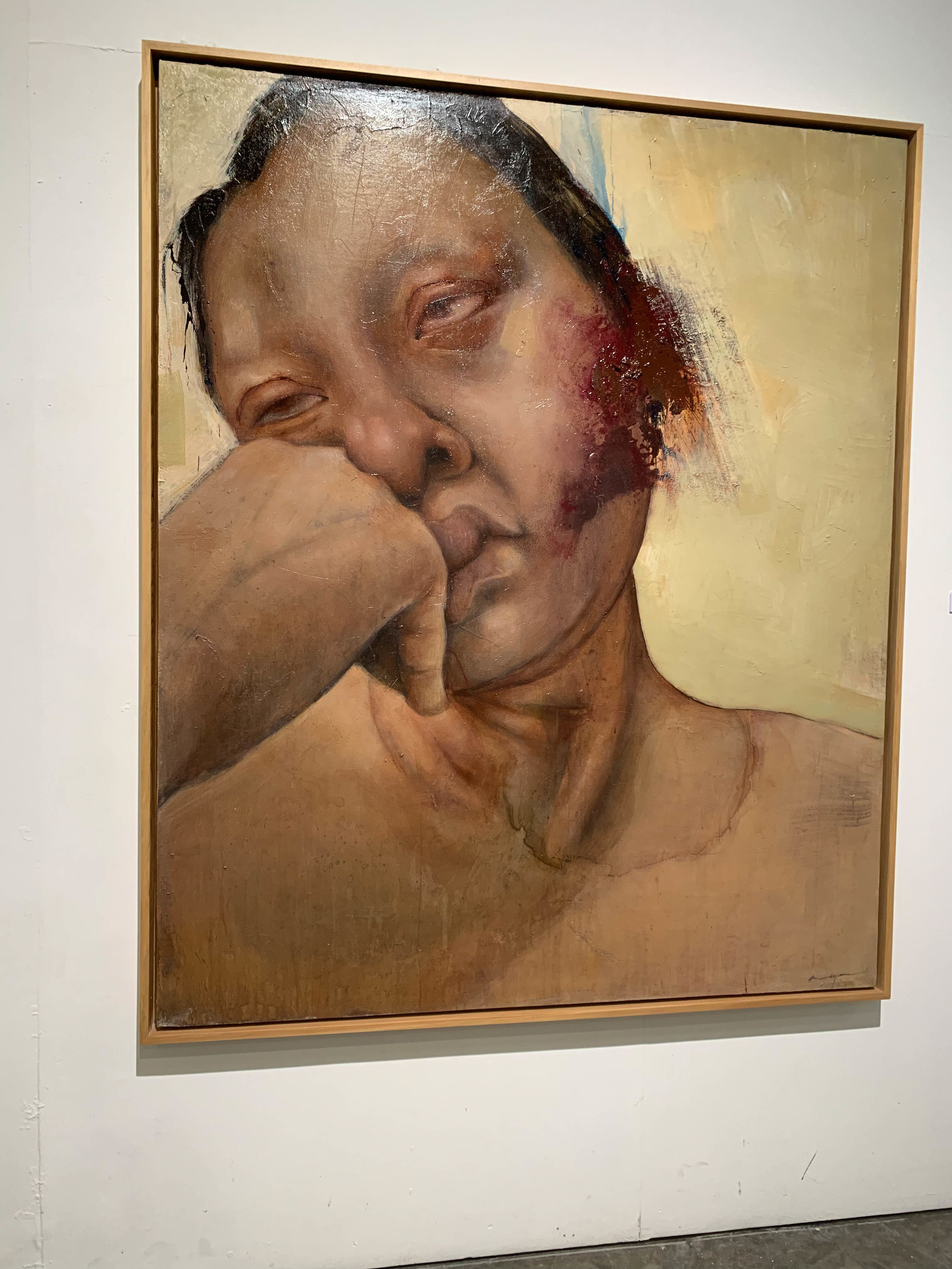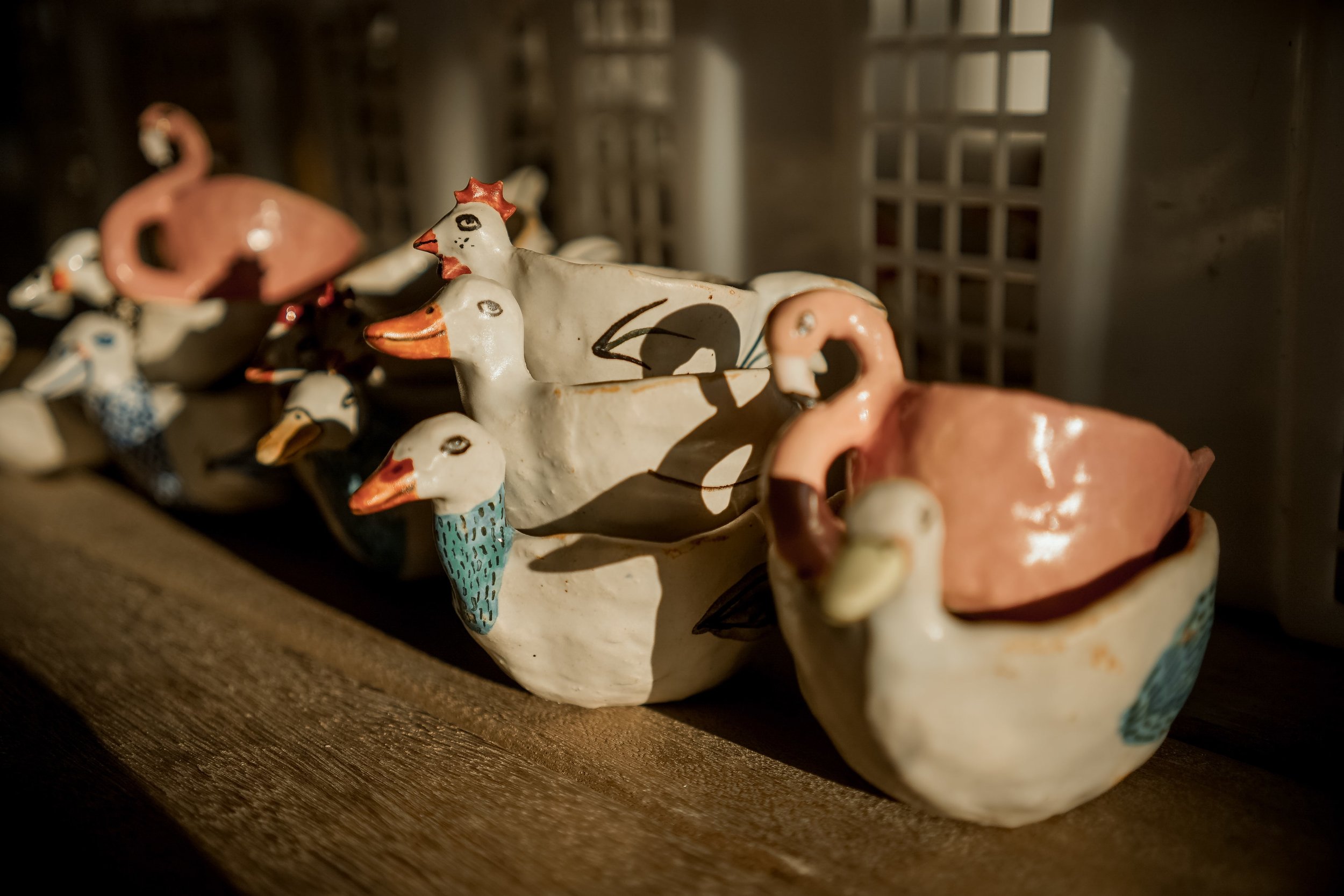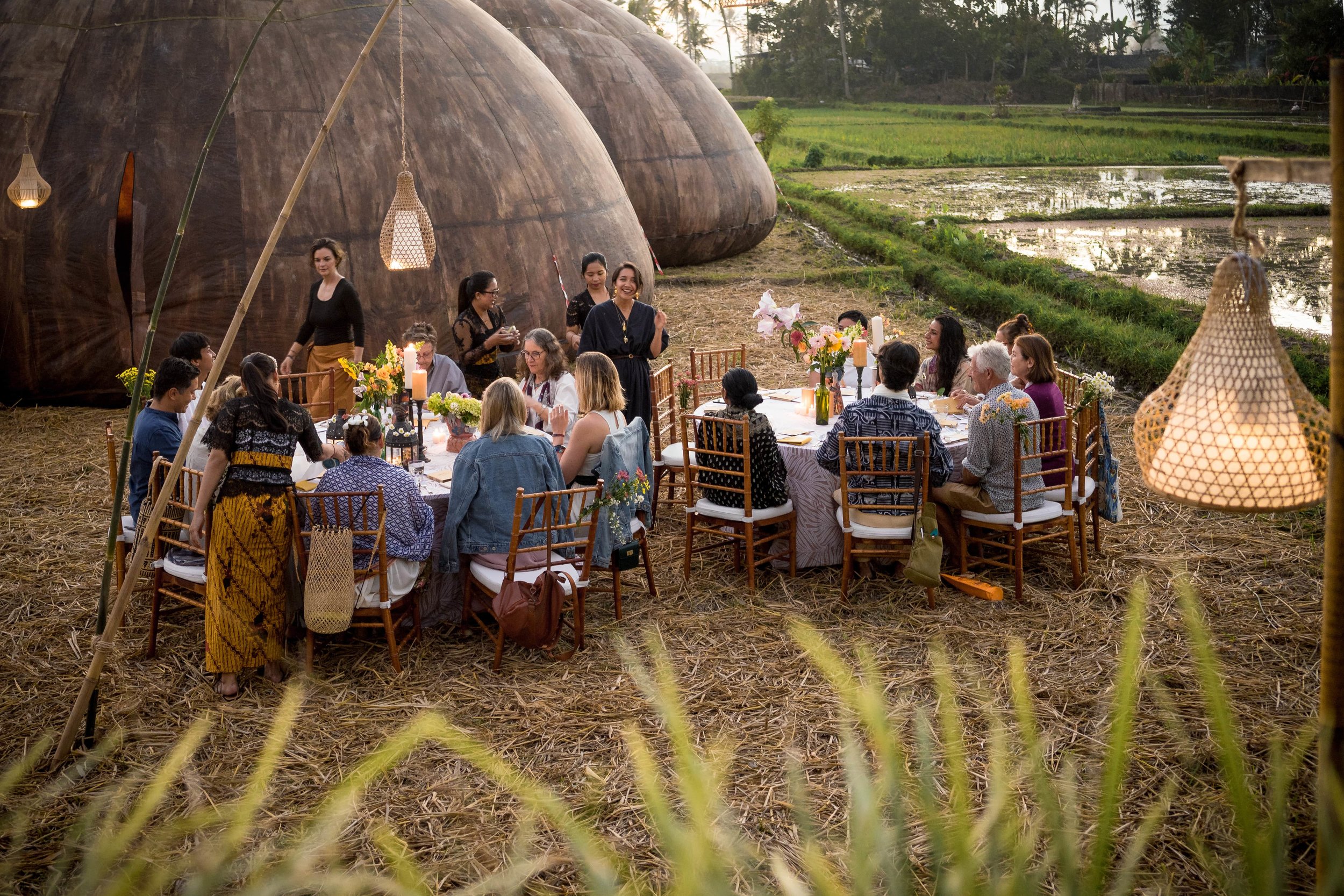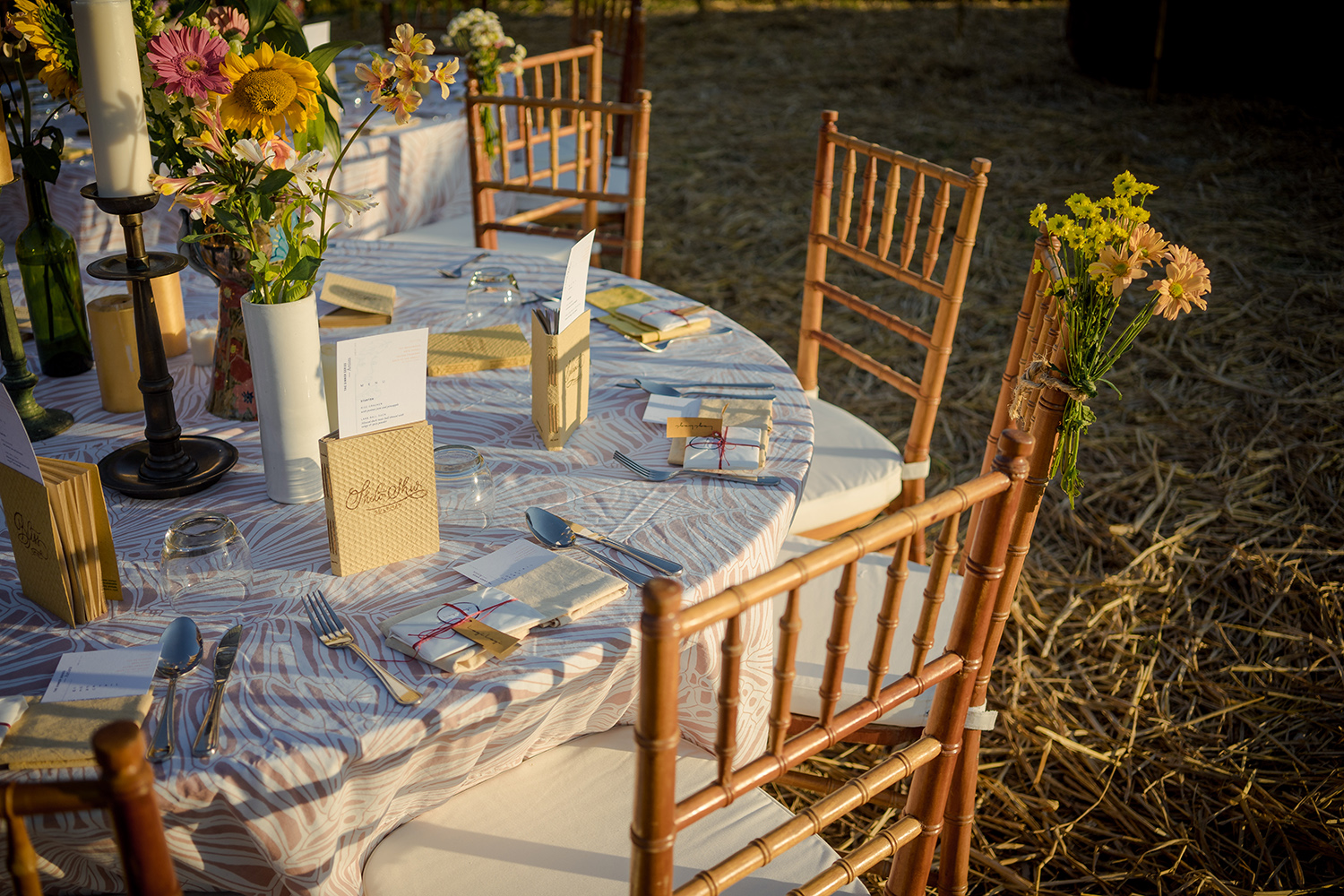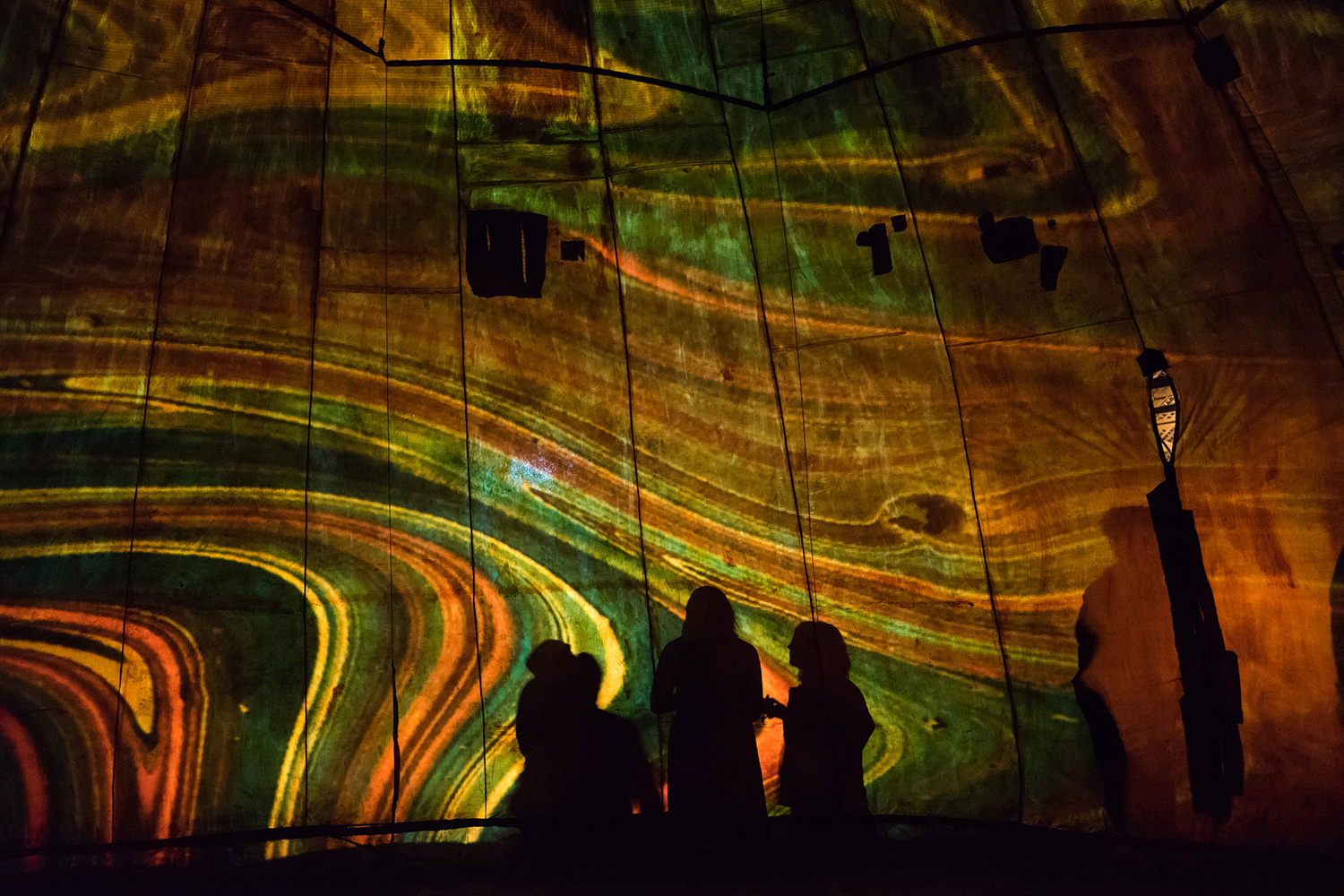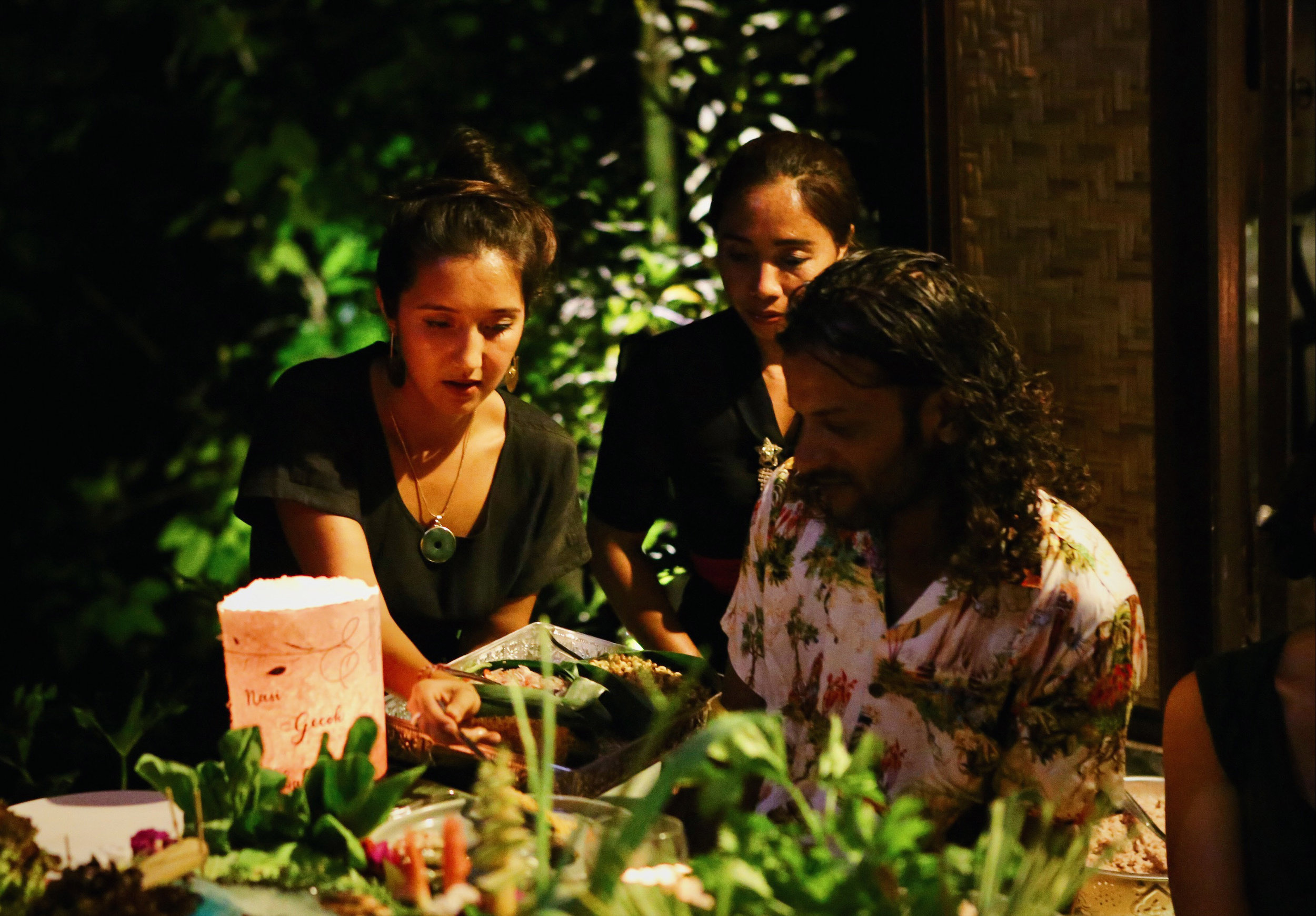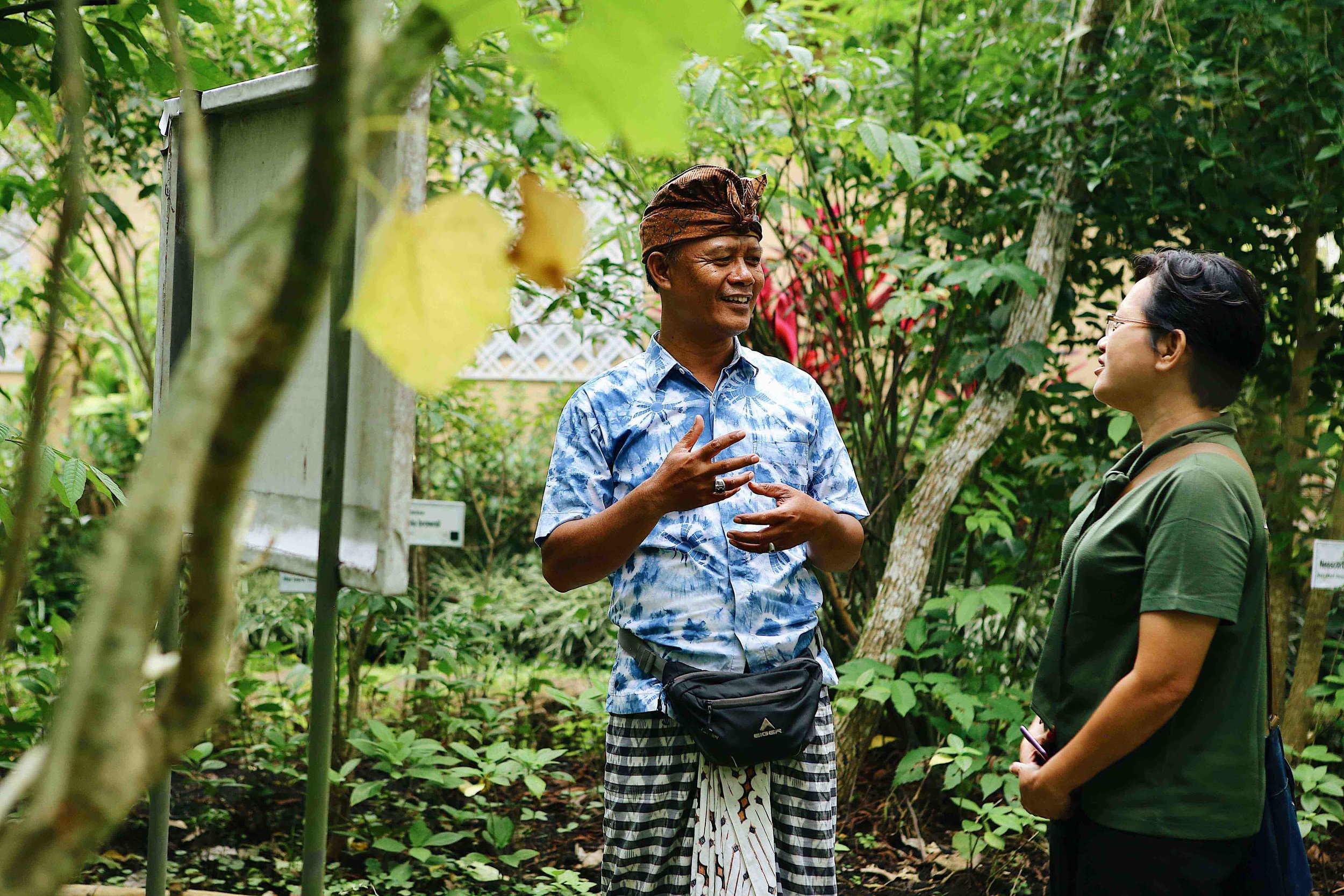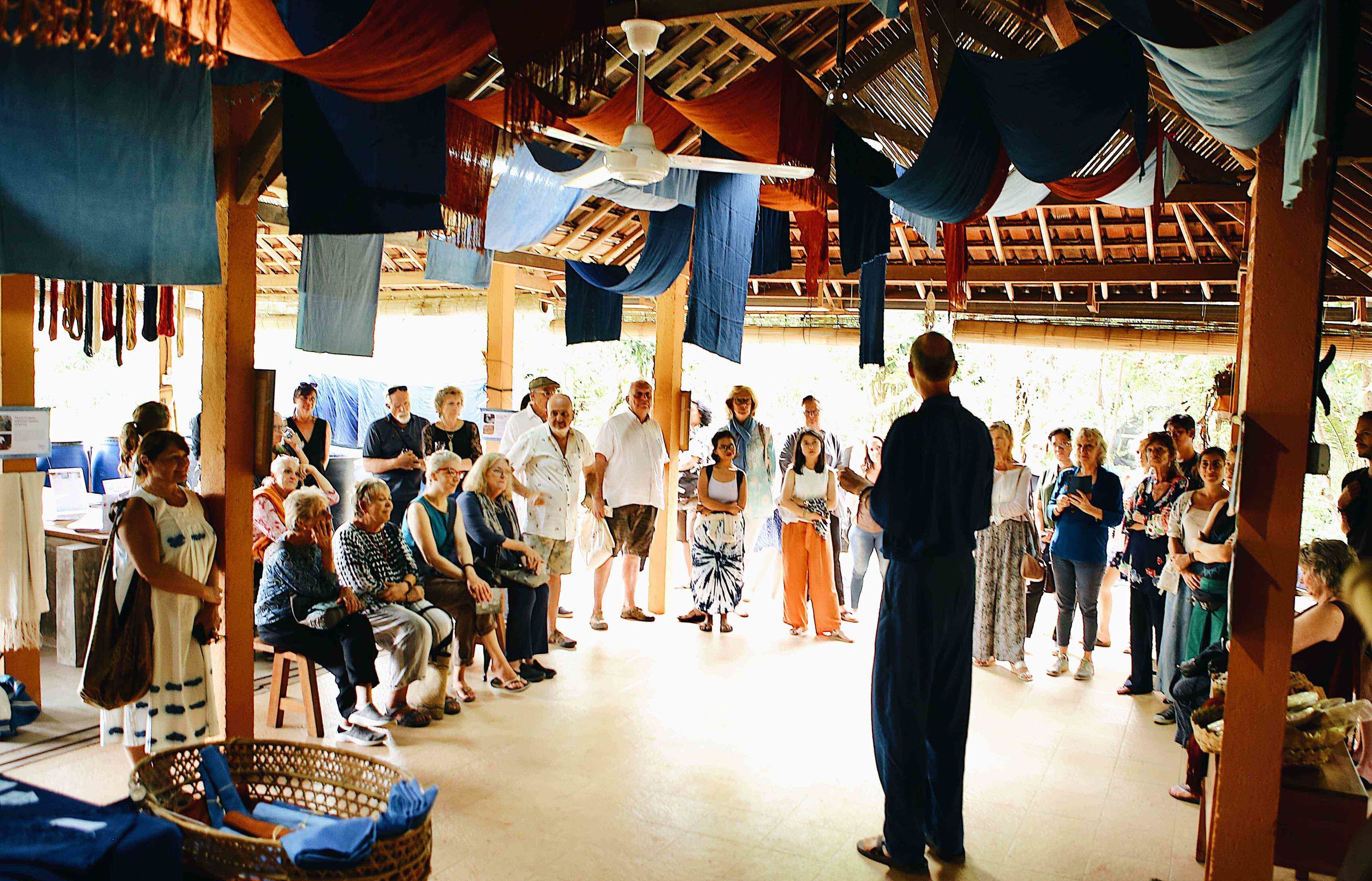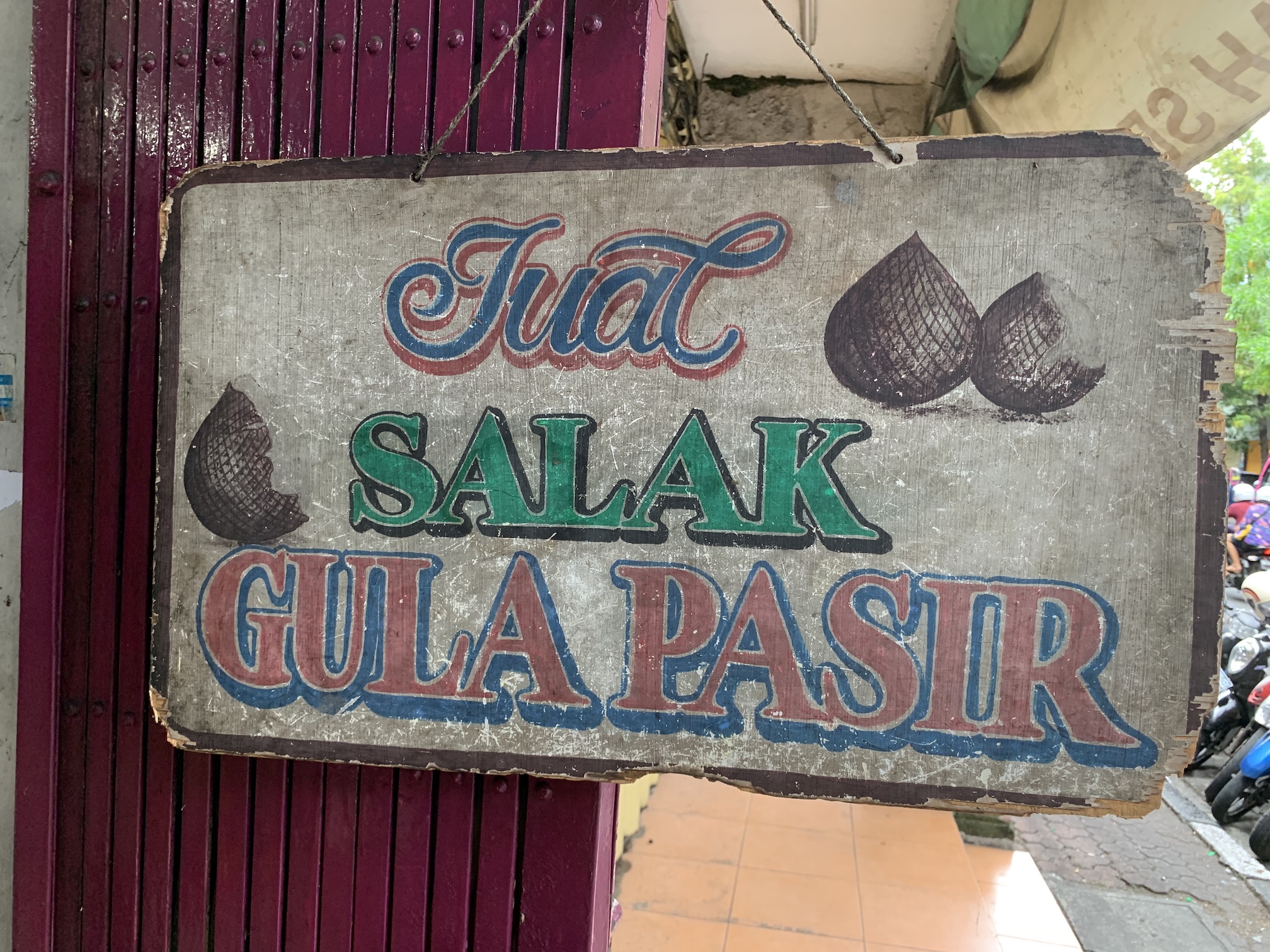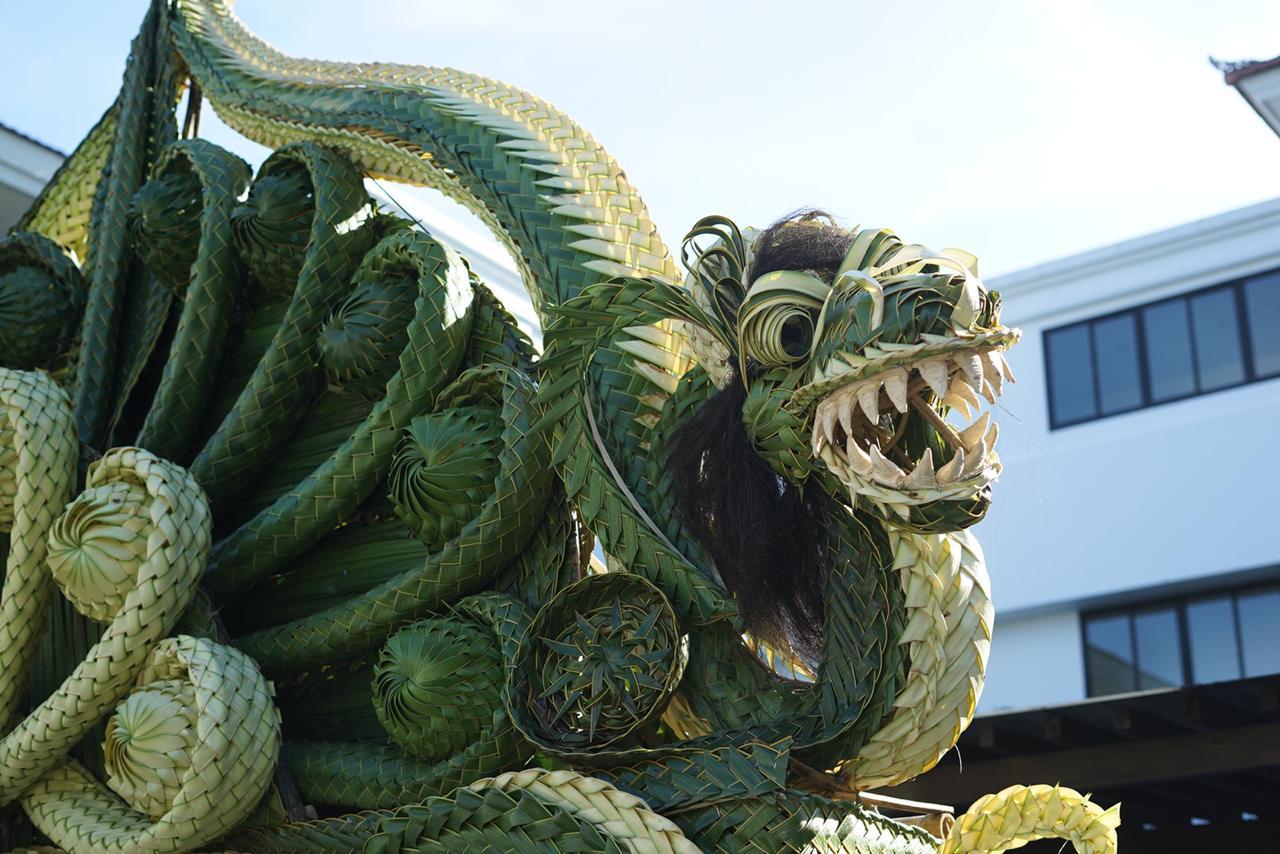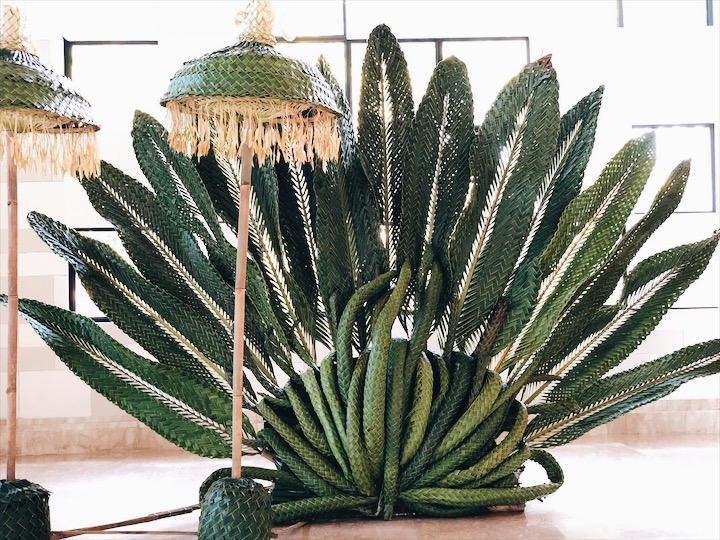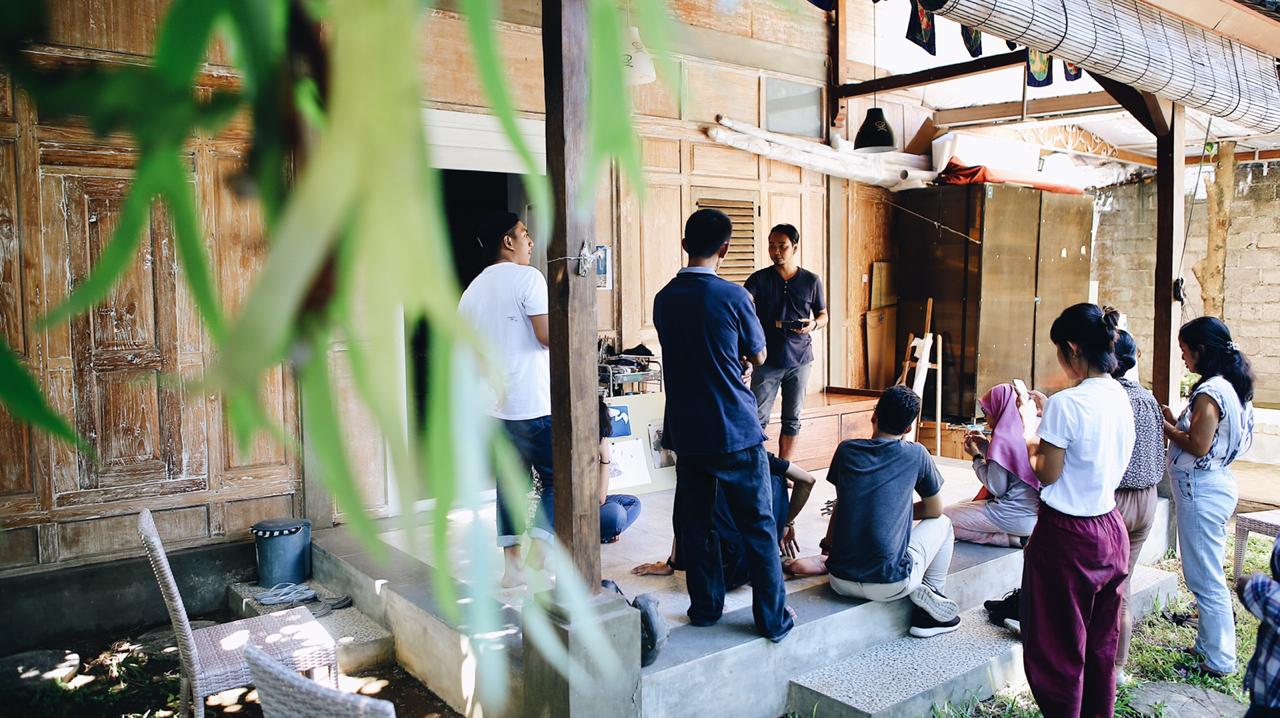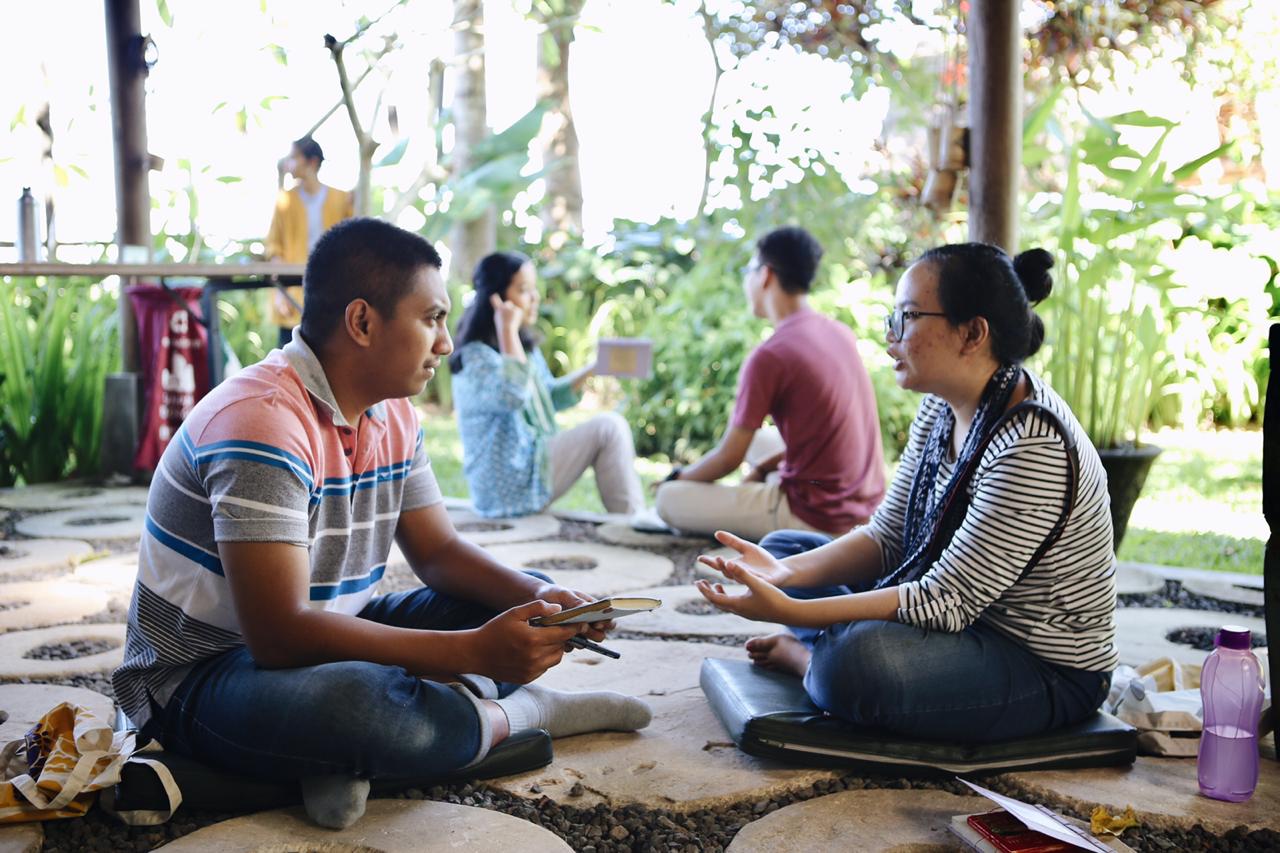Closing the office and heading to Ubud Writers and Readers Festival
/One of our favorite times of year is when the UWRF and all the amazing writers and speakers come to town. Every year we buy tickets for the team, close up shop and spend 4 days soaking everything in.
Everybody had a different panel they loved and brand new writers to google madly. We asked (some) of the team what their highlights were and they answered immediately.
Michellina
1. Reza Aslan (obviously! and kudos to Terrence Ward as moderator!)
BRILLIANT SESSION, BEST TANDEM. A short feast for my whys!
One good tip from his festival club session with his wife on interfaith marriage:
“Every relationship is inter-believe, inter-opinion. So focus on values and don’t ignore differences.”
2. Lemn Sissay, having someone read to you has never been THIS good!
Beautiful narrative too. Every line draws people in deeper.
“Nature may be cruel, but at least it is honest.”
3. Archana Pidathala and Megan K. Stack on Domestic Space panel
Archana was raised to get the highest education her family could pay for and stay out of the kitchen and chores. So when she decided to quit her job and write a cooking book, judgment came from every corner.
The way that she balances her reasoning while respecting family values held so much poise and understanding.
“Sometimes I question myself, am I at the losing end of contemporary gender and genre?”
Megan raised a compelling point along the line of:
“Women who usually do labor, etc are often being erased from literature….”
Women authors who write around domestic space are often given lots of skepticism to voice and write their stories while men get their freedom and benefit of the doubt. (lots of classic lits by male authors have domestic space as the story background).
Ajeng
The Peripheral Vision session:
A critical session where the panelists from eastern Indonesia questioned what is peripheral vision and who measures the mainstream-peripheral perspective. As they believe that every experience has its own story, valid and primary to those who believe in humanity.
Why do we use peripheral vision terminology to perceive eastern Indonesia? I want to decolonize myself, I want to decolonize my work, I want to decolonize my mind, I want to decolonize my language.
- Faisal Oddang, a writer who comes from Makassar, South Sulawesi.
We don’t talk about being displaced from our hometown.
- Theoresia Rumthe, a poet who had to move to Bandung after the civil war broke out in Ambon, Maluku.
There are issues in Indonesia that makes us different and strangers to each other, when we bring our experience to other places, it could become nothing.
- Setyawan Samad, a poet from Banda Neira, Maluku.
3 new book/writings I’d like to read after UWRF:
Now I am reading Claire G. Coleman’s writing about land and ancestors at ‘Meanjin’, a website containing essays, fiction, memoir, poetry, podcast and book reviews.
She has my respect for her views at the Speculative Fiction panel. One of the things she said was,
“There’s no such thing as speculative fiction, because there’s no such thing as a non-speculative fiction.”
I definitely started to read Faisal Oddang’s writings. His background is Indonesian literature and proudly defines himself by speaking daily in the Bugis language. Saras Dewi also recommended him when she talked at the Precious Peatlands panel.
Pitchaya Sudbanthad’s book. I am interested in his view about the indelibility of memory (both individual and collective) and how to reconcile with what has happened; which also leads to a discussion around dreams and karma.
Mila
I wasn’t quite as organized in my note-taking…. So I wound up with a list of quotes and ideas from 4 days with no sources. Very lax of me…
Family is a set of memories that are disputed with others.
It was a land grab. Everyone was writing themselves into me.
These came from the amazing Lemn Sissay. A huge amount of energy to come out of one person- he had no problem making everyone squirm.
Art will bring to us the subjects we want to hide in society.
For me that was literature, looking further to see ourselves.
All poetry is a physical form.
Doing anything for love in a place that denies it is courageous.
The joy of listening to Yottam Ottolenghi surprised me!
How is food not political? Everyone eats. In Israel and Palestine you can’t put anything into your mouth without it being political.
Reza Aslan was a revelation. I expected something else completely but loved the archaeological/historical lens he used to explain religion as we know it today.
Religion has only existed for 14,000 years. Oldest temple is in southeastern Turkey. Dated 14000 BC at most. Existed before the invention of the wheel.
There is no reason to bury a body. It takes up too many resources and energy. But it is a ritual experience. They were buried with clear ritualistic functions. (On burial sites as an indication of early religion)
Religion as an adaptive advantage? Has it helped humans survive? No. It forces you to expend energy that should be used for survival. Not only does it not give an advantage, it’s a disadvantage. So why does belief exist? 1st theory- it’s an accident. 2nd- it’s on our makeup. It’s a universal impulse. In all people. Throughout all time. In every corner of the world.
Animism is the belief that everything is animated by a single spirit.
Jono Lineen also had a similar style to Reza Aslan, but on the subject of walking. A fascinating flood of facts and ideas.
Walking is intrinsic to human nature. The nature of walking is crazy.
Creativity and walking have been moving together for 4 million years. The default thought mode when we’re walking is creative.
The essence of humans is a walking migration. A 75,000 year journey.
Walking is what we do to connect with being Homo sapiens.
Every religion has pilgrimage walks. From Himalayas, to the Haj, the Camino.
And finally Akala, who dropped this amazing fact among a 1,000 others.






















